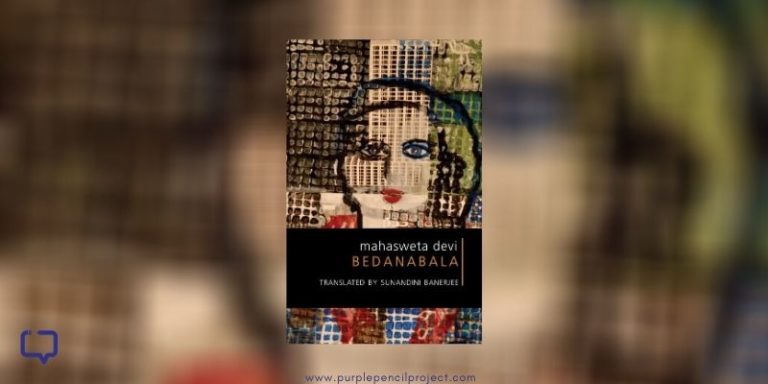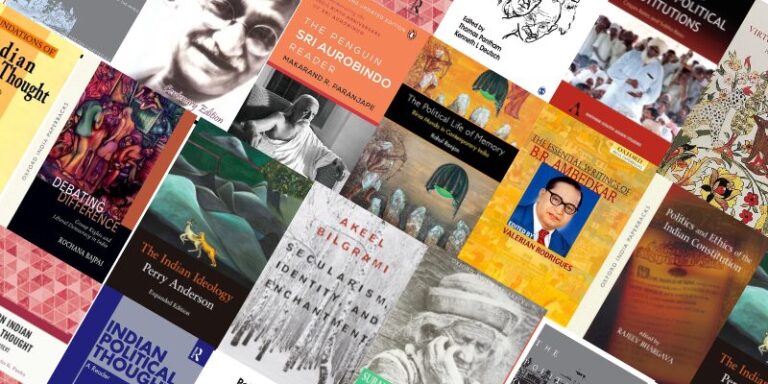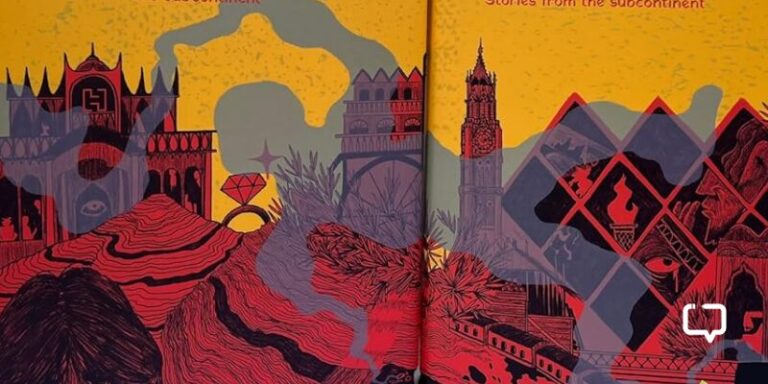The first thing that intrigued me about the book was its title; I thought that Janki is the name of an actual “raga” and started searching for it. It was only then that Google informed me there is no Raga Janki in the music tradition. Rather, this book is based on the life of Janki Bhai Ilahabadi, one of the maestros of music of the early 1900s.
We encourage you to buy books from a local bookstore. If that is not possible, please use the links on the page and support us. Thank you.
The book, like its title, is very lyrical and the prose flows so smoothly that it feels like sweet music. The language is flowery and the descriptions are rich and detailed. For instance, this is how her chamber in the palace of Rewa where Janki is invited to sing is described:
“Floors carpeted in the green and red colours of Rewa. There was a life-sized marble cupid drawing his bow on a wrought-iron pedestal and across the room a vast painting depicting a lavish Mughal hunt. A large mock fireplace, tiled in onyx and, on the mantelpiece, a row of porcelain dogs, shepherdesses, milkmaids and tiny bonneted and crinolined, knickerbockers, doublet-and-horse clad English figurines. The windows had a triple row of velvet, brocade and lace curtains. There was a bathing chamber attached with a deep, sunken marble bath…”
The book is written by mixing two traditions of story-telling – the biographical narrative and the oral storytelling. An unnamed narrator is telling her listeners the story of Janki’s life in return for some money. We are never given the name of the storyteller, just the fact that she has seen Janki from close quarters and has been associated with her.
Plot points
The novel begins with Janki’s childhood and her talent which was spotted right from the beginning. But she was the daughter of a hallway and would have remained so had it not been for two events – her father taking a mistress who lived with the family and the attack on young Janki which left her disfigured for life. Her father leaves the house and never returns after the mistress disappeared and from this point, the life of Janki takes a turn. She has to move to Allahabad from Benaras with her mother and brother. What follows is a tale both complex and engrossing – her life in the kotha where her mother is sold by their neighbour who also takes away their gold, her mother’s new innings in life as a nautch-woman herself and Janki’s own life as she learns music from the best of ustads and becomes a prodigious singer of the city.
Genre talk
The book is a historical novel which has been executed successfully. It takes us to a distant time and era and gives us an experience of a life vastly different from ours. This difference is not just of dress or food but also of tehzeeb and the complete way of life. It brings to us a world where there is a strong teacher-pupil relationship, in sharp contrast to the present. As Janki’s Ustad Hassu Khan tells her:
A shagird must cultivate the great grace of sabr, patience, when a teacher speaks and not interrupt.
Or, when a few lines later he remembers his teachers, he shows deference that is a mark of a way of life itself:
Fortunately I was to be vouchsafed by such teachers. Ah, wash out your mouth with rose water before you utter their names! It is by destiny alone and the great benevolence of God that great teachers are granted us. They never come cheap, either in money or in reverence.
The story of Janki is the story of a woman’s place in society as well. We enter a world where the “nath-utarni” – the practice of an elder man initiating a young girl into the sexual world – is a common practice; a world where the nautch-girls are also classified according to their talents and their work, where young men are sent to the highest kind of courtesans for training; a world which is on the brink of change – where harmonium is the ‘new’ instrument looked down upon by the ustads; where recording has just started and the artists can now listen to their own singing on gramophones.
It is a time of change in all spheres of life, including the political and we see Janki who was proud of being asked to sing on the occasion of Coronation Durbar sending the amount she received there to Pandit Motilal Nehru a few years later for the nationalist cause.
Style saga
Though there is no formal division in the book, it felt divided into two parts – the before and the after of Janki becoming a celebrity. The second part talks of her successes, her visits to various maharajas, her poetry writing, her marriage, her spiritual quest and the fallout with her mother. The book ends with the death of Janki which, like many of the “stars” of today, was painful and lonely.
This division also appears in the way the story progresses and the writing style. While the first “part” is more anecdotal, full of stories and gossip in the oral tradition and keeps jumping to and fro, making it more fluid; the second part felt stilted at times. There are times when it loses the chatty, gossipy feel and reads more like a collection of dry facts about her life or a treatise about the development and growth of music, making it less appealing.
The book also deals with the theme of beauty, memory and storytelling. Janki’s nick-name is “chhappan-chhuri”. This name doesn’t have the connotations it has today – it was given because of the multiple wounds she suffered due to the attack. But what’s interesting is how the narrative of the attack is used by Janki by moulding it into a story that suits her best. Through this, the writer subtly comments on how stories are written, how different people can have a different version of the same event and how memory can play tricks and how we remember and forget, just what we want.
Favourite Quote
“Our fantastications, our edited, pruned and pared memories, our lies, yes, our comforting, sheltering distortions in which our realities take refuge. That was how it was with the history of the fifty-six stabs.”
Suggested Reading
The Music Room: A Memoir by Namita Devidayal – is another fabulous, yet underrated, book on music that gives a peek into the world of learning classical music from one of the leading masters.
Umrao Jaan Ada by Mirza Hadi Ruswa also takes its readers to a similar world as A Requiem in Raga Janki and gives a portrait of the life of a courtesan. Bollywood has two adaptations of this work as well.
Listen to the audio clips of Janki Bai Illahabadi, some of which are available on Youtube.





















